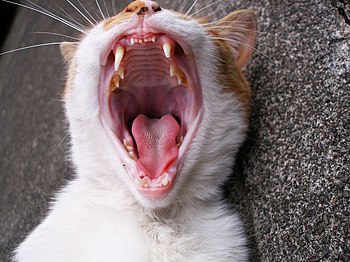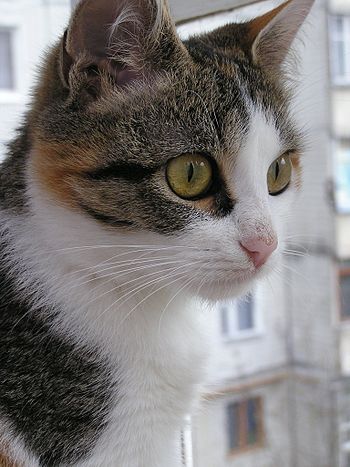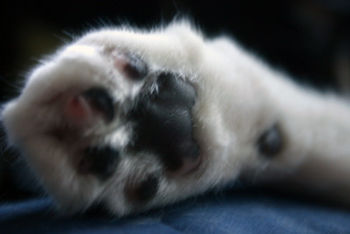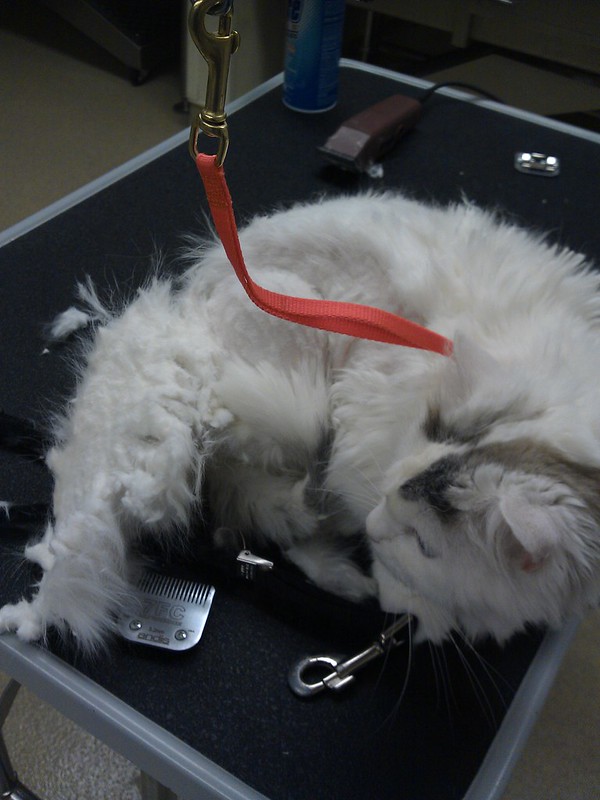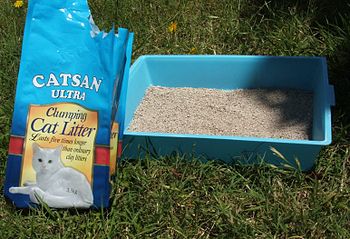Nearly everything alive becomes ill at some stage in its life, and pets are no exception. I have been very fortunate in that my two cats have been very healthy for most of their lives. Recently the oldest cat becomes ill and had to go to the vet. Unfortunately, she was diagnosed with a form of cancer. The treatment options were pills or radiation 'therapy'. The radiation therapy was very expensive so that left the pills. Pills are fine for humans, but if you have ever tried to administer pills to your cat then you would know some of the problems I have had.
I usually feed my cats on a dry 'all in one' biscuit diet. This diet and a supplement of fresh food have kept them very healthy for over 14years. But now I need to add pills to her diet every twelve hours. So what do I feed her that will hide the pill well enough for her to eat it without complaining? Well after some experimentation I came to the conclusion that hiding a whole pill was not the answer. Not the answer at all. Whole pills are located and removed from the food with amazing accuracy. The simple answer is to crush the pills before adding them to the food.
(Note: The pill should be added to a small quantity of food - half a normal service or less, and that small quantity should be given to your pet BEFORE the rest of the meal. This helps to ensure your cat is hungry enough to eat the entire pill. Once the pill food is eaten you can give them the rest of the meal.)
Pills are usually quite easy to crush into powder, I use two spoons, one small teaspoon as the crusher, and a larger desert spoon to hold the pill. Place the pill into the larger spoon and using the edge of the small spoon as a blunt knife, carefully break the pill into smaller chunks. Now use the small teaspoon to gently crush the chunks into powder. In less than two minutes you should be ready to sprinkle the powdered pill onto a small serve of food. Crushing the pill gets much easier once you have done two or three.
This is how I prepare chicken or fish for my cat at pill time :
Chicken: Cooked (cold)
Cooked chicken is a favorite food of my cats so it is a good pill food for them. To make the most reliable pill hiding food from cold chicken is really quite easy. First of all, you need to prepare the pill by crushing it into a powder as described above. Then you need a small serve of chicken that you can break up into smallish pieces - use your fingers, it gives the best results. Once you have broken up the chicken add a small quantity of water to the serving plate and roll the chicken in the water until it is wet all over. Now drain the excess water from the plate - too much water will leave the pill on the plate and not on the food where it needs to be.
The next step is optional, but it makes a big difference for my pets. The next step is to place the food in a microwave oven. All you want to do is VERY GENTLY warm up the food, I use about 6 SECONDS on high. What you are looking for is to remove the coldness of the food - which activates the SMELL of the food. Do not make the food hot! ( The heat could damage the pill that you are trying to feed them, and not many cats will eat hot food anyway.) Now that you have a very gently warmed serve of food it is time to add the pill. Just sprinkle the crushed pill over the wet, warm chicken and serve it up!
Note: Always add the Pill LAST!
Fish: Raw
If you want to use raw fish as a pill serving food then it pays to make sure that the cat in question likes the fish that you are going to use. ( Cats are fussy!) I have two cats, one eats fish at every opportunity, and the other will walk right past it and ask for something else...
So get a small piece of fish to test the cat with, and assuming that the fish is accepted it is easy to prepare. I use a pair of kitchen scissors to cut the fish into small pieces. A sharp knife is ok but the skin on fish is very tough, so for safety and ease of preparation I use scissors. Once you have the fish cut up all you need to do is sprinkle the powdered pill over the fish and serve it up. Raw fish is usually wet and quite smelly, so it doesn't require water to be added or the microwave to warm it up.
Fish: Cooked (cold)
To prepare a cooked cold fish you basically follow the steps outlined for cooked chicken. Prepare the pill, get a small bit of cooked fish and cut or break it up into small pieces. Make it wet, drain off the excess water and zap it in the microwave for a few seconds - do not make the food hot! Add the crushed pill to the warm wet fish and serve it up.
Note: Always add the Pill LAST!
The purpose of warming up the food is to make it smellier. Most food has a much stronger scent or smells when it is at room temperature than it does straight from the fridge.
If you need a small quantity of fresh raw fish it can usually be purchased from your local take away food shop. If you want to use cooked fish from a takeaway shop bear in mind that the batter or breadcrumbs should be removed before it is served to the cat. (Well, it should be removed if your cat won't eat the fish with it still on there...) Also, remember to cool the fish down to about room temperature before you add the pill - otherwise the heat may damage the pill.
Never microwave any pill - it could damage the active ingredients or even make them toxic to your pet.
For those that are interested, my cats' name is "Eff-Gee" ( "F"+"G" ) and she can tell the time as well if not better than I can. Every 12 hours (+ or - 30mins) she is asking me for her pill food :-)
My other cat - that doesn't like fish, is called "Sox". He doesn't really like chicken either. Actually, he prefers the biscuits over most other foods - unless it is meat with chili on it. He is a nice cat :-)


